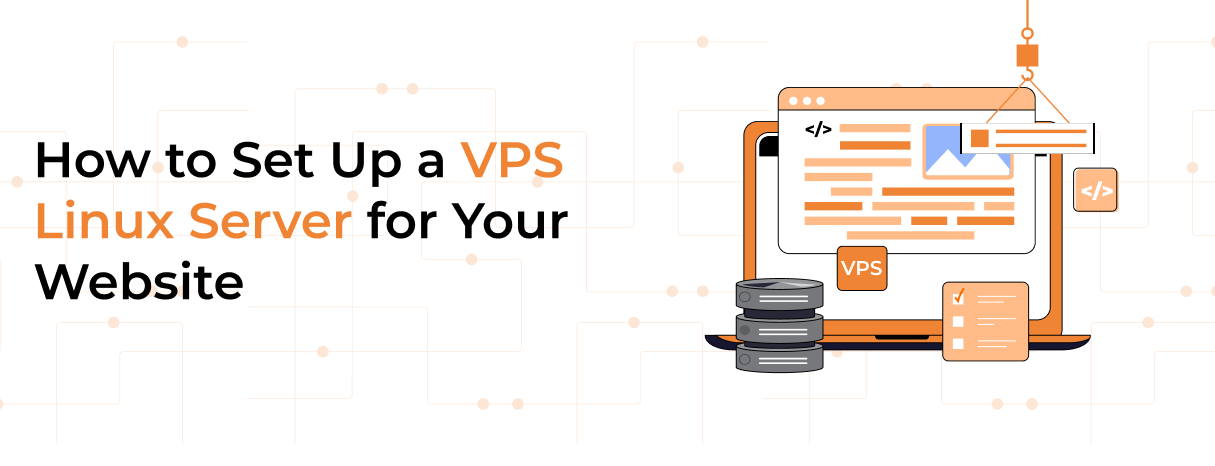In today’s digital landscape, Distributed Denial of Service (DDoS) attacks pose a significant threat to websites of all sizes. These attacks can disrupt online services, leading to downtime, financial losses, and reputational damage. Understanding how to protect your website from DDoS attacks is crucial for maintaining its availability and integrity. In this article, we’ll explore effective strategies and best practices to safeguard your website against DDoS threats.
Table of Contents
Understanding DDoS Attacks
A DDoS attack occurs when multiple compromised computers or devices, often part of a botnet, flood a target website with excessive traffic. The overwhelming volume of requests exhausts the server’s resources, rendering the website slow or completely unavailable to legitimate users. DDoS attacks come in various forms, including volumetric attacks, protocol attacks, and application layer attacks.
Implementing a Multi-Layered Defense Strategy
- Network Layer Protection
The first line of defence against DDoS attacks is at the network level. Implementing robust network security measures can help mitigate the impact of volumetric and protocol-based attacks.
- Firewalls and Intrusion Detection Systems (IDS): Deploy firewalls and IDS to filter out malicious traffic and identify potential threats. Configure these systems to block traffic from known malicious IP addresses and suspicious patterns.
- Rate Limiting: Implement rate limiting to control the number of requests a single IP address can make in a specific timeframe. This prevents a single source from overwhelming your server with excessive traffic.
- Anycast Network: Utilize an Anycast network, which distributes incoming traffic across multiple data centers. This helps absorb and mitigate the impact of large-scale DDoS attacks by dispersing the traffic load.
2.Application Layer Protection
Application layer attacks target specific features of a website, making them more challenging to detect and mitigate. Implementing application layer protection can enhance your website’s resilience against such attacks.
- Web Application Firewall (WAF): Deploy a WAF to filter and monitor HTTP/HTTPS requests. A WAF can block malicious requests, such as SQL injection and cross-site scripting (XSS), protecting your website from various application layer threats.
- Content Delivery Network (CDN): A CDN not only improves website performance but also provides DDoS mitigation. CDNs distribute website content across multiple servers, absorbing traffic spikes and reducing the load on the origin server.
- Load Balancing: Implement load balancing to distribute incoming traffic evenly across multiple servers. This ensures that no single server is overwhelmed, maintaining website availability even during traffic surges.
3.DNS Protection
DNS servers are often targeted in DDoS attacks. Protecting your DNS infrastructure is essential to ensure your website remains accessible.
- Redundant DNS Servers: Use multiple DNS servers distributed across different geographic locations. This redundancy ensures that if one server is targeted, others can continue to handle DNS requests.
- DNS Rate Limiting: Implement DNS rate limiting to restrict the number of queries from a single IP address. This prevents attackers from overwhelming your DNS servers with excessive requests.
- DNSSEC: Enable DNS Security Extensions (DNSSEC) to add an additional layer of security to your DNS infrastructure. DNSSEC ensures the integrity and authenticity of DNS responses, protecting against DNS spoofing attacks.
Proactive Monitoring and Incident Response
Continuous monitoring of your website’s traffic and performance is crucial for early detection of DDoS attacks. Implement real-time monitoring tools to identify unusual traffic patterns and spikes.
- Traffic Analysis: Use traffic analysis tools to identify sudden surges in traffic that may indicate a DDoS attack. Set up alerts to notify your IT team of potential threats.
- Log Analysis: Regularly analyze server logs to identify suspicious activities. Look for patterns such as repeated requests from the same IP address or unusual access to specific URLs.
Having a well-defined incident response plan can minimize the impact of a DDoS attack and ensure a swift recovery.
- Preparation: Create a thorough incident response plan detailing the actions to be taken in the event of a DDoS attack. This includes roles and responsibilities, communication protocols, and mitigation strategies.
- Simulation Exercises: Conduct regular simulation exercises to test your incident response plan. This helps identify potential weaknesses and ensures that your team is prepared to respond effectively to an actual attack.
- Post-Attack Analysis: After a DDoS attack, conduct a thorough analysis to understand the attack vectors and sources. Use this information to improve your defences and prevent future attacks.
Leveraging External DDoS Protection Services
- DDoS Mitigation Services: Consider subscribing to a DDoS mitigation service that offers real-time protection and traffic scrubbing. These services can detect and block malicious traffic before it reaches your website.
- Cloud-Based Protection: Cloud-based DDoS protection services leverage the vast resources of cloud providers to absorb and mitigate large-scale attacks. This approach ensures that your website remains accessible even during severe DDoS events.
Conclusion
Protecting your website from DDoS attacks requires a multi-faceted approach that includes network and application layer defences, DNS protection, proactive monitoring, and an effective incident response plan. By implementing these strategies and leveraging external DDoS protection services, you can enhance your website’s resilience against DDoS threats, ensuring continuous availability and a positive user experience.
Remember, staying informed about the latest DDoS trends and updating your defenses regularly is key to maintaining a secure online presence.




















